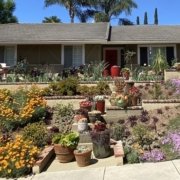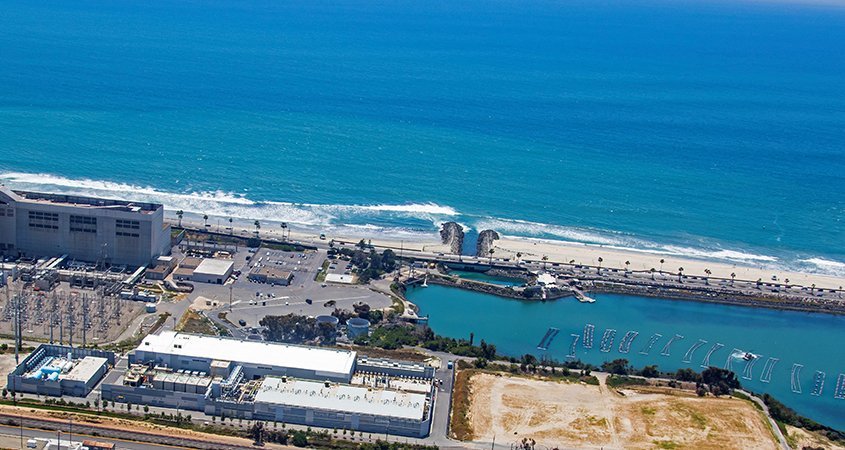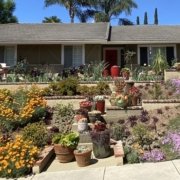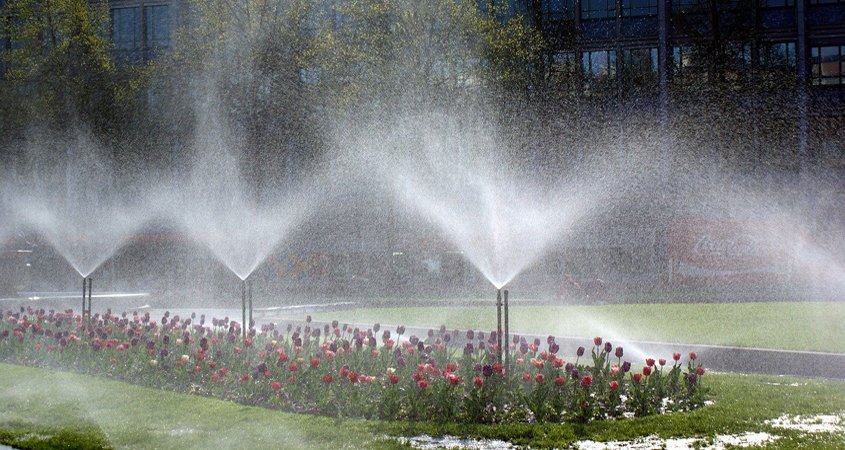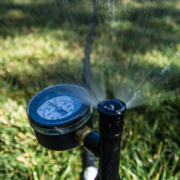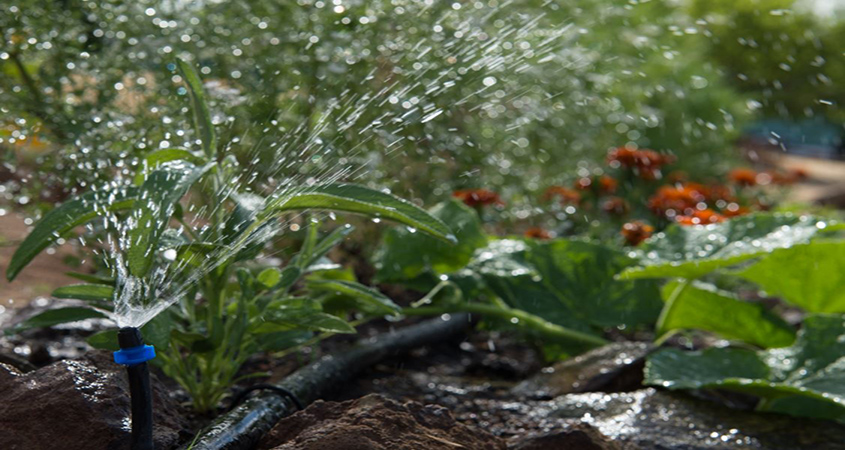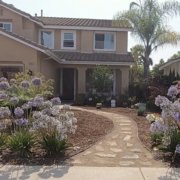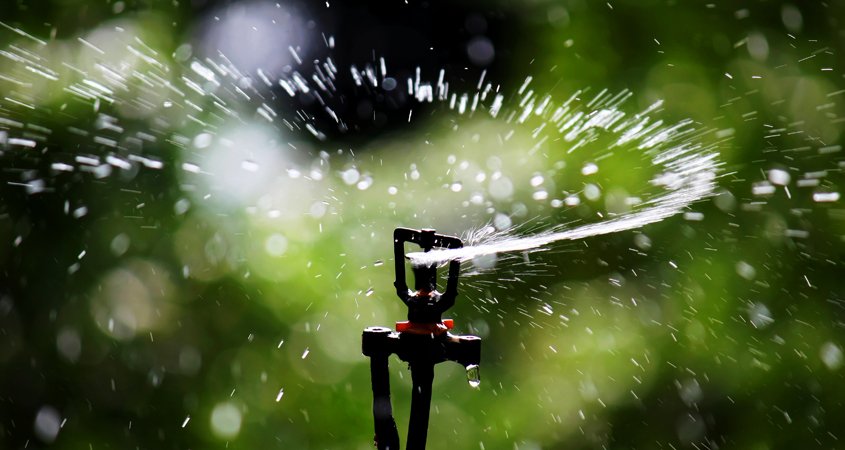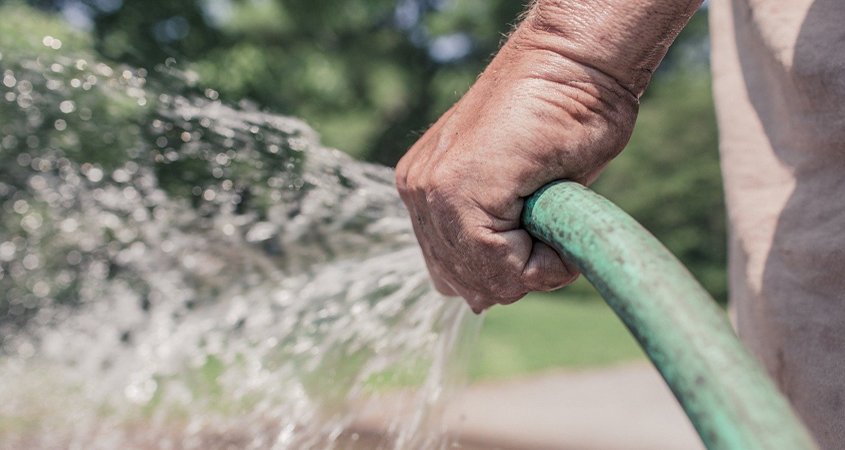The San Diego County Water Authority is preparing to activate Level 1 – Voluntary Conservation of its Water Shortage Contingency Plan in support of Gov. Gavin Newsom’s efforts to sustain California after two record-dry years. The agency’s 36-member Board of Directors will decide at its formal monthly meeting on Oct. 28 whether to activate the drought response plan, following today’s recommendation by staff.
While the San Diego region continues to have long-term water resilience and reliable water supplies due to decades of conservation efforts and ratepayer investments, Water Authority General Manager Sandra L. Kerl said it’s critical to advance statewide efforts to combat drought.
“This is an all-hands moment,” said Kerl. “We are fully supportive of the governor’s efforts and fully engaged in helping residents and businesses do their part each and every day.”
Activate Water Shortage Contingency Plan
On Tuesday Oct. 19, Gov. Newsom extended his drought emergency declaration to cover the entire state and asked the State Water Board to ban wasteful water practices such as using potable water for washing driveways and sidewalks. In addition, the governor directed water suppliers to implement Water Shortage Contingency Plans, which are responsive to local supply-demand conditions.
The Water Authority’s Water Shortage Contingency Plan is designed for situations in which the agency’s supplies have been reduced. Previous versions of the plan have been activated twice before – once in 2007 and again in 2014. While the region isn’t currently facing supply reductions, Kerl said the recommendation to go to Level 1 sends a signal that voluntary conservation efforts are necessary, and it gives local retail water agencies flexibility to address local conditions.
In line with Gov. Newsom’s Water Resilience Portfolio, San Diego County’s diversified water resources reduce pressure on the State Water Project and make more water available to other areas of the state hit hardest by drought. The Water Authority helped enact the nation’s largest ag-to-urban conservation project to sustain the region’s $253 billion economy and the quality of life for 3.3 million people. In addition, the region’s per capita water use is down nearly 50% since 1990.
Take actions to prevent water waste
“While we are hopeful that a wet winter will take the edge off this current drought, we need to recognize that may not be the case,” Kerl said. “The entire American West is facing hot and dry conditions not seen in our lifetimes, and the realities of climate change mean we need to prepare for this as the new normal.
“We have resources to help as every resident and business owner takes this call seriously and looks for ways they can take meaningful actions to prevent water waste.”
At Level 1 of its Water Shortage Contingency Plan, the Water Authority will enhance regional outreach and education to promote conservation. The agency offers numerous tools to make the most of every drop at www.watersmartsd.org. Resources include:
- Water-use efficient landscape classes for residential and professional landscapers
- Rebates for indoor and outdoor water saving devices
- Rebates for turf replacement
- Water-use checkups for homes and businesses that include water-saving recommendations
The Water Authority is also developing a program to increase installation of low-flow toilets in low-income communities, and it’s looking for opportunities to help the parts of the state that are suffering from extreme water shortages. The Water Authority has groundwater stored in the Central Valley that could be exchanged or sold, and the Water Authority is seeking partners who could benefit from increasing water production at the Claude “Bud” Lewis Carlsbad Desalination Plant.
The 2021 water year was the driest in California in more than a century, but San Diego County continues to have reliable water supplies due to long-term investments in water sources and infrastructure, coupled with extensive water conservation efforts.

